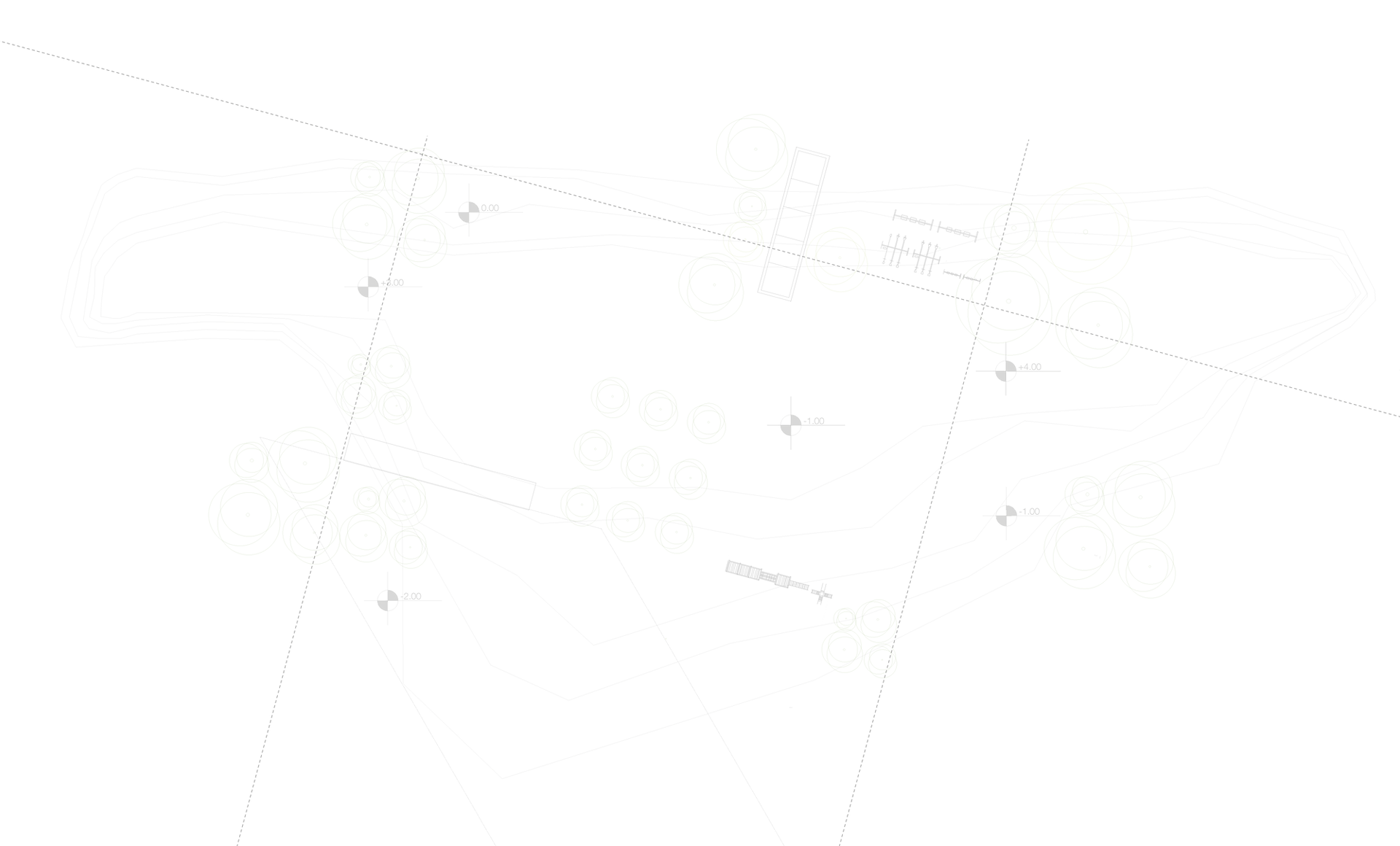
background studies
Considering future societal and environmental needs, the main challenge for EU agriculture will be its ability to ensure a high level of production while improving the protection of natural resources. Precision agriculture is an information-based, decision-making approach to farm management designed to improve the agricultural process by precisely managing each step. In this manner, PA can provide a management approach optimizing both agricultural production and profitability – which is the key goal of most farming enterprises. Additionally, part of profitability can come from the reduced use of inputs (machinery, labour, fertilizer, chemicals, seeds, water, energy, etc.), leading to both cost savings and also environmental benefits. Today, the technological infrastructure of precision agriculture is in place to support a wider implementation.
The benefits of higher profitability will be immediately seen at the farm level. In contrast, for the environmental situation, impacts will be manifest, not only at farm level, but also in the adjacent landscape (vegetation, streams, run-off areas) and they may take years to appear. Therefore, the idea of public good in a local or regional sense, rather than just benefit to an individual farm, is one that applies to the potential environmental benefits of adopting PA. Hence, the study of the potential benefits needs to add those from the broader scale to those accrued at the farm level.
Promoting precision agriculture through the CAP seems to be economically, environmentally and even socially justifiable. But, further investigation and accompanying measures are necessary to avoid inappropriate technological push where PA is not likely to be successful, and to maximize the potential public benefit by focusing on specific farm types and farming practices. As discussed, support possibilities are available under Pillar II measures but since these require co-funding it is essential to have engagement and commitment of Member States through measures consistent with the intervention logic of their RDP. Successful adoption is expected to follow the phases of exploration, analysis, support and execution. Involvement of MS in the first three phases is necessary before they are likely to endorse funds for execution.
Key findings on the application of precise agriculture:
-
Precision Agriculture is used most and most advanced amongst arable farms, particularly large ones with large field sizes in the main grain growing areas of Europe, and where a business approach (to maximise profitability) has long been practised.
-
In conventional farming, fertilizers and crop control substances are applied uniformly over fields, leading to over-application in some places and underapplication in others. PA methods enable fertilizers to be spatially applied to optimize the application using Variable Rate Application (VRA) methods. The profitability of such methods is debatable, depending upon a range of factors.
-
Adoption of PA in fruits and vegetables and viticulture is more recent than in arable farming, with a rapid increase in the adoption of machine vision methods.
-
In high-value fruit and vegetable crops, precision irrigation methods are developing rapidly in order to save water, increase yields and improve quality. Water use efficiency is increased through deficit irrigation strategies and may use field and airborne remote sensing thermal sensors.
Key findings of the progress and prospects of precision agriculture:
-
The main drivers of PA are, optimized machinery (automatic machine setting, autonomous guidance), minimized overlapping (steering systems), machine monitoring (telemetry), objective information (yield mapping), input optimization (nitrogen sensors, soil sampling, variable rate maps) and reduced stress for the operator (steering systems).
-
The costs associated with PA implementation are information costs, expenses involving data processing, software and hardware, and learning costs for the farmer to develop management schemes and calibrate the machinery.
-
The potential benefits from PA mainly focus on crop yield improvements, optimization of inputs and improvement of the management and quality of the work. A critical aspect for the PA profitability is farm size, as cost/benefit estimations require a minimum farm size to depreciate the investments over the entire farm.
-
Current limitations are the lack of standards, limitations on the exchange of data between systems, a lack of independent advisory / consultancy services, a lack of guidance or quantification concerning environmental benefits and a need for better knowledge on the causalities and determinants of yield.
Source: Precision Agriculture: An Opportunity for EU Farmers - Potential Support with the CAP 2014-2020
